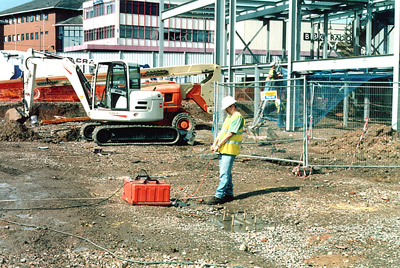
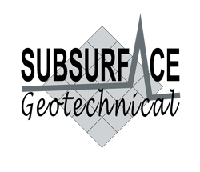

Buried voids are a hazard, both to engineers and the general public. They can impede construction operations, undermine building foundations and be the cause of destructive ground subsidence. Problems associated with hidden voids come in many forms. Naturally formed sinkholes and cavities in karstic limestone terrain, unknown basements and culverts, abandoned wells and mineshafts, all of which present serious hazards.
Ground Probing Radar (GPR) is a high resolution geophysical method for investigating underground structure. One of the most useful applications for site investigation is the accurate location of hidden voids. Clear information is provided about the presence of subsurface voids, often at a fraction of the cost of traditional intrusive methods. A GPR survey can detect evidence of incipient sinkholes at an early stage, before the commencement of construction activity.

Problems arise when an unknown void is uncovered during construction operations, causing hazards, delays and increased costs. In established sites where construction was completed many years past, surface depressions can in some cases be an early stage indicator of underlying voiding. All too often however, there are no visible signs. The sudden collapse of a void or sewer beneath a road or underneath an existing property often leads to serious accidents and extensive structural damage. The identification of hidden voids at the earliest possible stage is a fundamental requirement for any engineering project.
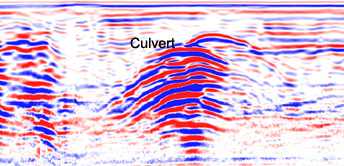
GPR profile across a deep sewer culvert
Ground probing radar provides engineers a non-intrusive solution to the hidden void problem. A GPR survey carried out prior to the onset of construction operations can mitigate void risks identified by desk studies, and optimise the targeting of intrusive investigations. A GPR survey rapidly covers a site, locating discrete voids that are difficult and costly to locate using only intrusive methods. A grid of radar profiles is surveyed at regular intervals over a site, the equivalent of an electronic trench network. Where a profile intersects a void target, a characteristic series of reflections are produced.
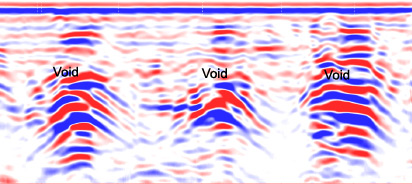
Pipe voids beneath the concrete apron of a weir
Ground probing radar surveys are equally effective operating in greenfield or brownfield environments, and can penetrate tarmac and concrete as well as natural ground without difficulty. GPR not only identifies open voids, but can also find solution features and other infilled voids. Surveys carried out by Subsurface Geotechnical are always carried out by highly qualified geophysicists. Results are presented in an engineering compatible format that is readily understandable by the client.
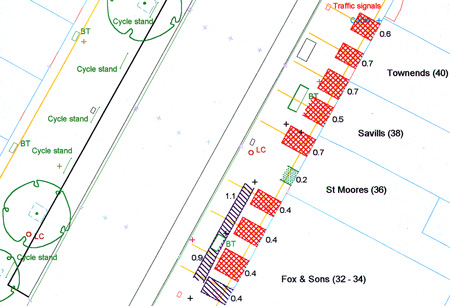
CAD presentation of plan GPR interpretation
For further information about our services or to obtain a quote
Phone us at: +44-1905-619531
or e-mail us at: [email protected]
site map
(C) 2017-2022 SUBSURFACE GEOTECHNICAL